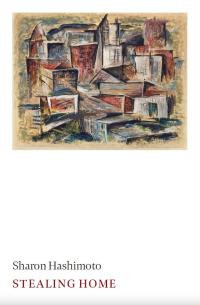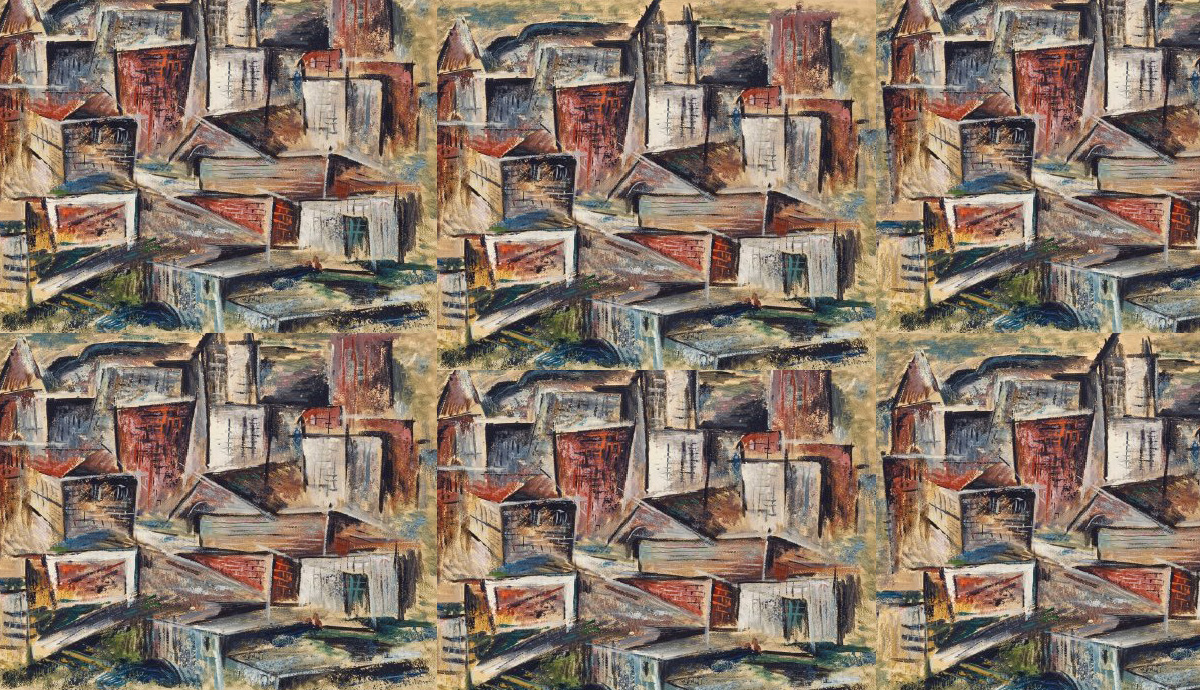Sharon Hashimoto’s debut collection Stealing Home contains thirteen stories, each faceted and polished like a gem. An award-winning poet, Hashimoto is also a master storyteller. Deftly, using figurative language, she shows the incarceration experience of Issei and Nisei—first and second-generation Japanese Americans—during and after WWII. These characters’ lived experience while interned at Minidoka and Heart Mountain creates profound intergenerational trauma.
 Themes include race, coming of age, illness, and loss. These are the everyday issues and situations of daily life, ramped to a high pitch due to the internment faced by the characters who populate this volume. Childhood, memory, and core wounds are explored. Stark images stick with the reader long after a particular story is finished. The experience of being different—haunted and hunted—come to the fore.
Themes include race, coming of age, illness, and loss. These are the everyday issues and situations of daily life, ramped to a high pitch due to the internment faced by the characters who populate this volume. Childhood, memory, and core wounds are explored. Stark images stick with the reader long after a particular story is finished. The experience of being different—haunted and hunted—come to the fore.
These stories are not for the faint of heart. Hashimoto’s characters live and breathe the emotional darkness of their experience. Salient details become larger than life through scene and narrative. One harsh irony is that, despite the fact that they are American citizens, the Nisei are denied basic needs; they endure the torture of giving up jobs, homes, livelihoods, and possessions. Hashimoto’s gifts for sensory image, voice, scene, and plot allow the reader to empathize with the experience of becoming outsiders overnight.
For Hashimoto, withholding information is a fruitful device. These stories, multifaceted and layered, carry a gut punch. We learn in “English as a Second Language” that the main character, Goro, though going blind, hears acutely: “he heard his wife’s quick intake of breath sucked between her teeth as she held back an angry retort,” this, upon having his hand wrapped around a hot tea cup. “Achh, he snapped at her and pulled his hand away.”
In addition, the fear of standing out as Japanese comes through strongly. “West Coast Blues” protagonist Riichiro “felt like he stuck out as the only Japanese in his shabby coat.” Racial differences are on display in Hashimoto’s work. There is the desire to be white in “Sworn”: “Okasan probably wanted to look at … what white people ate—not the yellow takuwan served up at dinner with their rice, or the miso-drenched mackerel.”
Interestingly, food serves as a language in and of itself. Not only are meals different from English dishes, there is shame around even unwrapping what has pungent scents. In “No Further Than You Can Throw,” teenager Cedric “watched [his mother] seed and pack a pickled plum to place inside the rice—the deep maroon juices bleeding into the white kernels.” How unlike “the other white kids,” who “were sure to stare and mutter ‘Yuck, what’s that you’re eating?’” The husband in “Blue Jay Feather” has had a stroke. His wife “Sachi pulled out the cold tofu … with some sliced green onions and shoyu, it would be soft enough for her husband to chew.”
Ultimately, the questions raised by Hashimoto’s witty, entertaining, disturbing, and all-too-human stories remain unresolved.
Hashimoto’s gift for lyricism is apparent in strong sensory images: “and then the cold morning air brushed Cedric’s face”; “Riichiro Hikida dipped his mop into the bucket of soapy water, squeezing the ropes of the head through the wringer”; “Hair up in a tight bun, she was wearing a faded dress. Her hands were busy with a crochet needle and bright yellow yarn”; “all he could recall was the late autumn sun shining red against his eyelids.” Her ear for the music of English and Japanese, as well as her use of onomatopoeia for literary effect, is marvelous.
“Saa,” they murmured as a group. “You, nine hundred fifty-six knot.” Here Hanako, a mother taxed from managing her second-grade boy at Heart Mountain internment camp, realizes she is no longer needed. She has contributed what she can to a vest for a young man who had enlisted: “He was going to fight to prove his allegiance to the United States.” Many young Japanese men enlisted as a way of escaping internment.
Mastery of time is apparent in these pieces. In the first-person story “Nothing Special,” memories of a WWII soldier and survivor are rendered through flashbacks: “I don’t go on about how we’d pull a soldier’s shirt over his head, pull his helmet down, and stick his rifle in the ground so the graves registration people would see there was a dead GI.”
Ultimately, internment camps served to heighten aspects of family dysfunction: guilt, triangulation, lack of privacy, and shame. The title piece, “Stealing Home,” features a son whose father has passed away. His mother “Ma” clearly favors Frank, her older son. Protagonist Paul was closer to his Dad. A toxic favoritism drives this story and leads this reader to recognize the human condition. Hashimoto uses third-person omniscient narrator in many pieces. Fittingly, the voice in “Stealing Home” is first-person present tense. Paul’s internal monologue, caustic and colloquial, conveys his bitterness at being second best: “Nothing could have made this day worse. I feel totally betrayed by more than the Mariners.”
Central to the work are underlying questions. Can family dysfunction be tied to the internment, its preface and postscript? Hashimoto answers in the affirmative. Characters withhold critical secrets from loved ones. They harbor core wounds and are prone to lacerating self-talk. In “English as a Second Language,” a gut punch is delivered by Goro, who keeps his acute hearing to himself even as he goes blind. “Baku desu,” he murmured to himself. He realized he was nothing but some horrid ghost who haunted an old woman during the day. At night, he came to suck a boy’s sleep dry of his dreams. He couldn’t stop the half-sob rising in his throat.”
Ultimately, the questions raised by Hashimoto’s witty, entertaining, disturbing, and all-too-human stories remain unresolved. Why were racial differences so pronounced during this difficult period of history, for the world and the US? Have things changed, and if so, where is the evidence? We live in a time of division unlike any before. We must face into the wind, as Hashimoto’s words remind us. In the aptly titled “The Wind Against Him,” protagonist Hank wins a golf turkey tournament. His wife and daughters not only do not attend, they don’t understand the excitement he feels about his “Hole in one”: “Things would have been different, if Barb and the girls had been there … and when he did tell them, nobody seemed to be that thrilled.”
This echoes the human condition. That the volume ends on this note reminds readers the cultivation of one’s passions is an eminently lonely journey, metaphorically similar to concentration camps replete with barbed wire, where innocent people stripped of their basic human needs manage to carry on.
Grace exists, however, and it is to be found in culture, as we learn from Hashimoto. She leans into the trauma of her family of origin. The scaffolding for life is food and family, regardless of circumstance. Grace is to be found in a meal such as “Vindaloo” from a foreign culture, a dish one would not order unless circumstance forced them to. In the story with that title, the shortest in the book, we are introduced to Hank, a widower, forcing down half of the huge portion in front of him: “he could feel the heat slowly travel past his tongue … the slow burn along his esophagus …. It reached into his chest.”
Despite a medley of characters whose dire past affects the present and future, it is we who have the privilege of entering these exquisitely imagined, well-crafted stories and exiting with our hearts intact.



